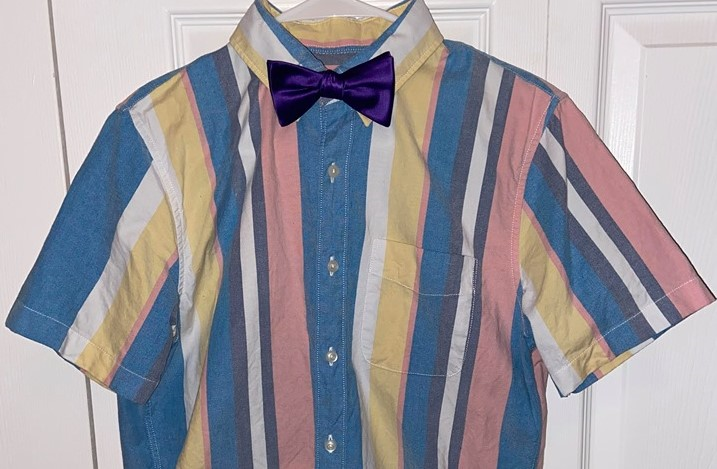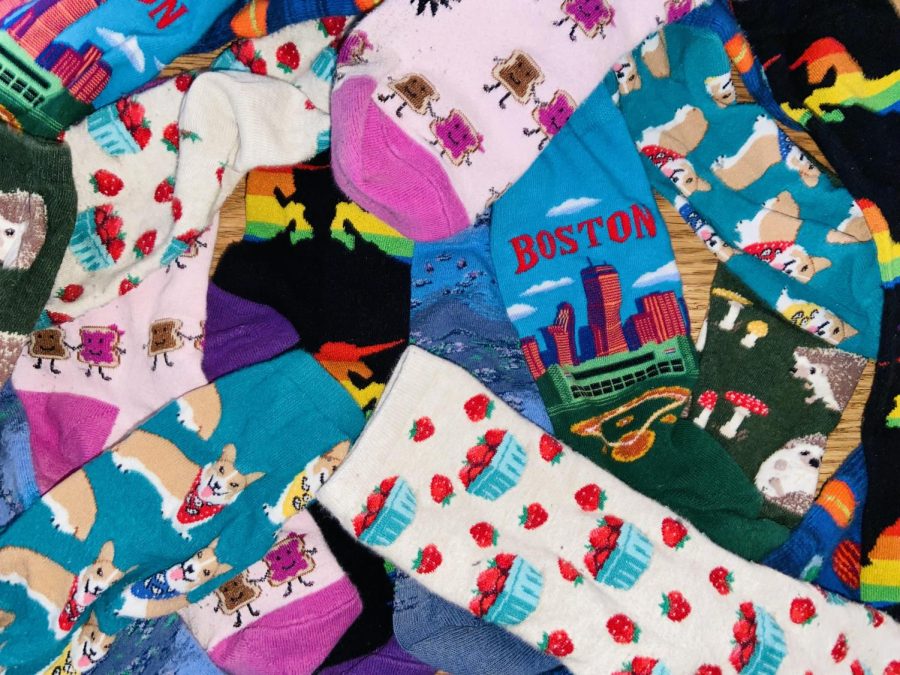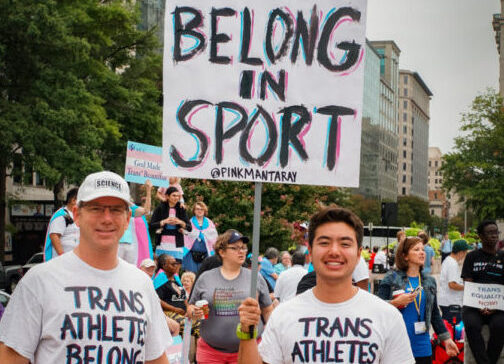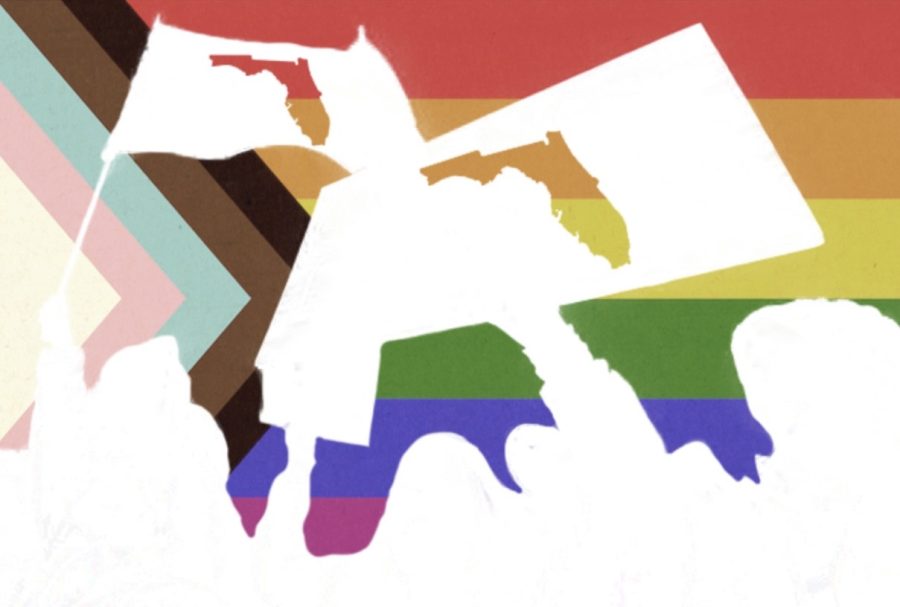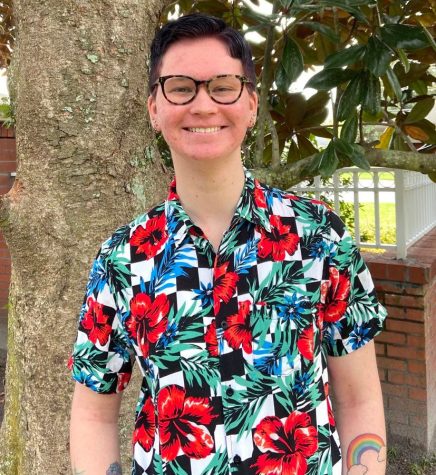Living a life as a gender-nonconforming woman has presented me with difficulties no matter where I am.
I confuse a lot of people with my gender expression, especially in my southern hometown. I have also had conflicting and negative experiences in Boston for this same reason.
I use she/her pronouns. Yet, when someone refers to me by assumed pronouns, they are wrong a majority of the time – and I don’t blame them. Based on society’s expectations of gender, I don’t really look like a “woman.”
I keep my hair very short, shop in the “men’s” clothing section of stores and would choose a suit over a dress any day. My gender expression is something I am always aware of everywhere I go because I never know how someone is going to refer to me, or if my appearance will make someone uncomfortable.
I feel like I am constantly preparing for the embarrassment of getting misgendered. Although there isn’t always malice involved, I have faced hate as a result of my gender-nonconformity.
At the age of 17, while waiting for service at the deli at my local grocery store in Jacksonville, Florida, a worker told me she’d help me shortly. Her words were, “I’ll be right with you sir, or whatever you are.”
When I go into public restrooms, I get stared down. Sometimes people look at me and leave.
One time, in Florida, a woman and her children came into the bathroom at a restaurant while I was at the sinks and said, “Oh, did I come into the men’s room?” I replied no, but she didn’t believe me and checked for herself. She then proceeded to tell her children to wait outside because she didn’t want them to be near me.
Gendered dressing rooms at clothing stores are also difficult. This past year, I was at a store in Boston with my friend and wanted to try on a sweater. The attendant at the desk proceeded to let my friend in after stopping me and saying, “The mens’ dressing rooms are upstairs.”
I told the attendant I was a woman but she didn’t believe me. It wasn’t until my friend told her that I was, in fact, a woman that she let me use a dressing room.
I didn’t buy the sweater.
Another time, I corrected a professor who called me “sir” several times. I went up to his desk at the end of class and told him my pronouns, to which he apologized profusely. Yet, he began listing off all of the reasons why he thought I was a man.
I didn’t need to hear that – I am well aware of why I am often perceived as being a man.
Not conforming to gender norms is a part of my identity, and I find peace and comfort in that. I can be masculine one day and androgynous the next. I am still a woman. Each of these experiences is a reminder that society often does not see me the way that I see myself. I am not a man or a freak of nature.
When I go to use the women’s restroom or dressing room, there is no reason to stop me or walk out. And these facilities should not even be gendered because gender is not binary. There are not only two genders.
Bending the conventions of gender is not something that warrants a vile response. It is utterly disgusting to invalidate someone’s identity merely because of confusion. It isn’t my job to insist that I am a woman, despite the laundry list of reasons why society often thinks otherwise. That exhausts me.
Let me live as I am.
Despite these difficult experiences, among others, I am confident in my womanhood. My femininity is my own.
For some reason, society views ambiguity as threatening. In my experience, people focus so much on “what” a person is that they leave little room to focus on “who” that person is. Gender expression is a perfect example of this.
I understand that people make assumptions, we all do. But it shows a lack of human decency when one refuses to respect someone else, based purely on how they present their gender.
My gender-nonconformity does not negate my – or anyone’s – existence as a woman.


